With Dr Carla van Laar AThR
Feature image credit Carla van Laar
In this article I share an extract form my Doctoral research that illustrates how art helps us to connect with our own values and strengths, and that this can enable us to deepen and strengthen our relationships with others who share similar values. I then invite you into an activity that I call “My Treasure Chest”, in which you explore some of your own external supports and inner resources.
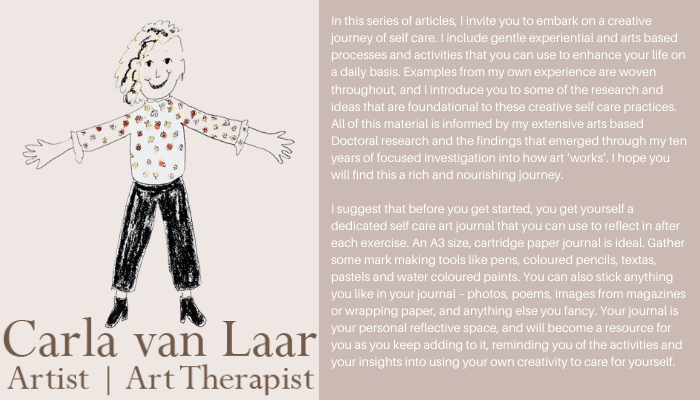
…
Being connected through our shared experiences, interests and values, strengthening and deepening our relationships
The stories in this extract show how relationships led to participants’ involvement in my research, and explore how, through participation in the arts based inquiry, our relationships with each other were honoured, celebrated, strengthened and deepened.
In preparing for the research dinner party, I wrote an email letter to the group of guests, some of whom had never met before, as a way of introducing them to each other before the event. This introduction highlighted a particular feature of our research group. Although we became a group for a short time through our participation in this inquiry, we were not a group that shared a common problem, we were not receiving interventions, and we were not participating in order to help prove or disprove a hypothesis. Rather, we are a group that has formed through our relationships with each other and shared interest in being part of “Seeing her stories”. This kind of connected group forming bears some similarity to research using visual stories and ethnography that is interested in place, geography, ethnicity and culture as features that connect women as members of a group (Kenny, Faries, Fiske & Voyageur, 2004; Kenny, 2002; Kirkness & Archibald, 2001).
As I wrote in my research journal in 2014:
This inquiry has enabled us to come together to share the ways we know and make meaning through sharing our stories through the arts, and to share and value our ways of doing this. Art, sharing, knowing and making meaning are our territories. This shared territory gives us a place to stand together and meet. It can be empowering to stand here together.
This journal extract highlights a way of conceptualising “territory” as not only occupying geographical spaces, but as a metaphorical meeting place in which we are connected by relationship, interests, experiences and values. This is perhaps in keeping with Hogan and Pink’s (2010) interest in mapping interior worlds as part of understanding motivations that relate to how we move through external spaces. In our case, common areas in our internal landscapes can be seen as having led us to meet in an actual geographical location. The implications for practice of forming groups based on these principles is simple yet in profound contrast with much of the practice in art therapy.
Here are two of the “meeting places” that became subjects of my artwork, the table in my urban courtyard, and a communal space to sit under the tarpaulin while on a camping trip with family and friends.
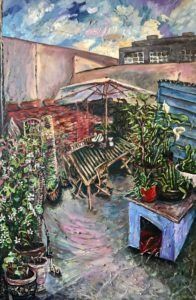
Figure 8.8 “Our backyard”. Carla van Laar, 2013.
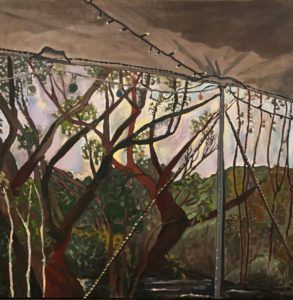
Figure 8.9 “Under the tarpaulin”. Carla van Laar, 2017.
Gretel’s response at the dinner party illustrates how she became involved in the project through our friendship, her encounter with being seen as I painted her portrait, our shared interests and the flow-on of being invited to the dinner party to share her experiences.
“I’m surprised to be part of it! I came over to visit Carla, and Carla said, ‘Can I paint you?’, and I found that very confronting! Somehow being the subject of somebody painting you can bring up some insecurities about what they are going to see, that you don’t normally see, in yourself.
The other thing that I’ve always been interested in, and where Carla and I have connected, is in narrative therapy, and that whole idea of being an outsider witness and looking in on people’s work, and then what your response is, to a person’s work. I’ve had lots of discussions with Carla around theory, and I’ve also been engaged in doing groups with Carla.
I feel like suddenly, oh wow, I’m part of this now!” Gretel nods her head, smiling.

Gretel’s account shows how there are layers to her participation in the research, beginning with her relationship with me and being seen herself while I painted her portrait. She also talks about our conversations, our shared interests and values that are part of how we connect, and how she connects with this inquiry. Finally, she expresses that, through these layers of relationship and connection, she feels that she is part of something, perhaps expressing a sense of belonging to a community of women with shared interests.
White and Robson (2014) reported on the “Critical Mass” initiative, a gathering connecting arts and health practitioners from the United Kingdom, United States, South Africa, Australia, Ireland and Mexico. They describe their motivations to connect in meaningful relationships with like-minded people, to develop an internationally connected social network that is informal, realistic, far-reaching, strong and responsive. They describe their approach in organising the gathering as having a conversational rather than presentational approach with an orientation towards generating possibilities such as “potential collaboration” (p. 395). Their approach to group forming resonates with Gretel’s account of connecting with this research through our meaningful relationship, and the intention and values of the inquiry. This kind of group forming was shown in this inquiry to enable a sense of collaboration that was enlivening and exciting, and that generated a sense of co-creating the inquiry.
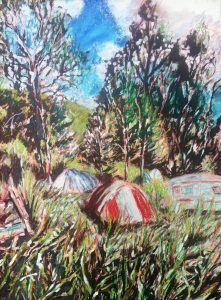
Figure 8.10 “Gathering at Wild Dog”. Carla van Laar, 2014.
When I see this painting I am reminded of the values shared by the people who were drawn together by their desire to camp in and connect together with this environment, which became a geographical meeting place, and home for a short time to a generative and collaborative conference “Wild Mind Gathering”. Everyone who attended was both a participant and facilitator co-creating the event.
(van Laar 2020)
My treasure chest
For this activity, you will need:
- a small cardboard box, like a shoe box
- collage materials like magazines, posters, postcards, calendars, birthday cards, scrap fabric, wool, twine, pipe-cleaners and anything else you like
- scissors
- glue
The idea is that you can use this box to explore the supports you have outside yourself, and the resources you have inside yourself.
You can also use the box as a container for a part of you that is delicate or precious and needs to be kept safe.
Use the collage materials to decorate the outside of the box, using found images, textures and objects that relate to the supports you have in your life, like family, friends, animals, hobbies and interests.
Decorate the inside of the box with images, textures and objects that relate to the resources you have inside yourself, your personal qualities like compassion, optimism, kindness and creativity.
Inside the box, make or place a small object to relate to any part of yourself that might be delicate or precious, and that needs to be protected and kept safe.
Questions for reflective journaling
- What supports do you have in your life?
- What resources do you have inside yourself?
- How can you keep the delicate parts of yourself safe?
- What do you know now about what is important to you in your life?
References
van Laar, C. (2020) Seeing Her Stories. Carlavanlaar.com, Brunswick, Australia.
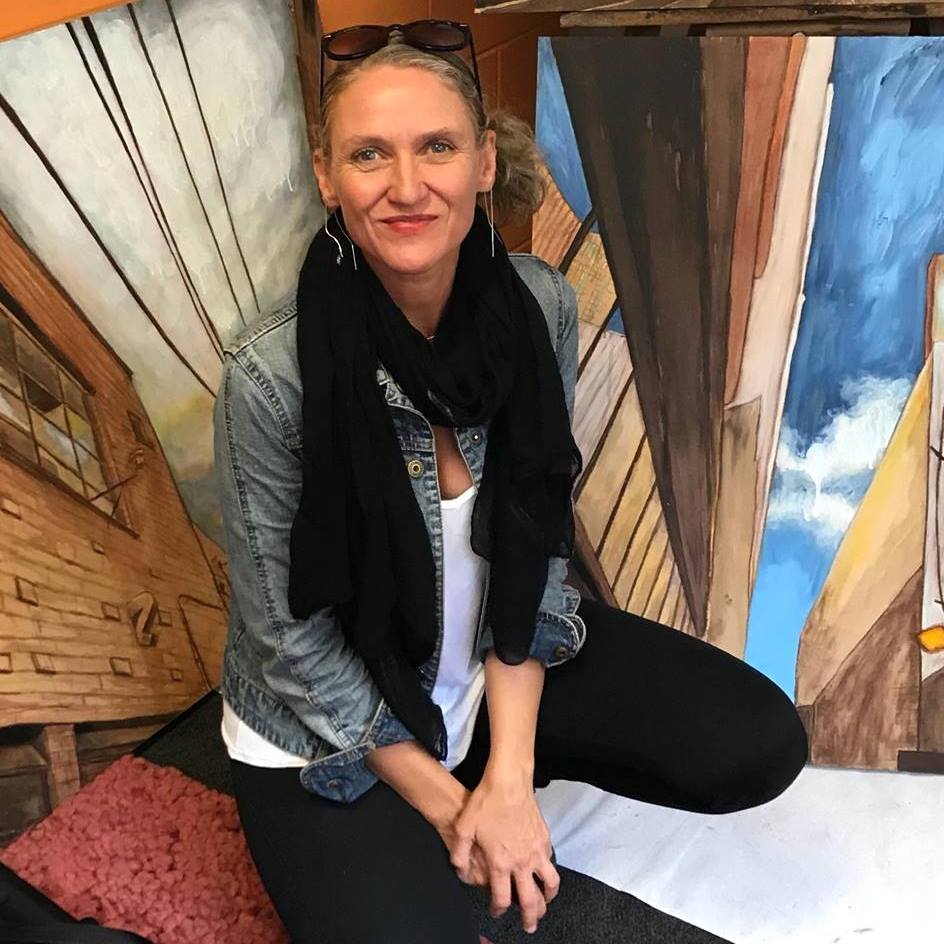
Dr Carla van Laar
Artist | Art Therapist
Master of Creative Arts Therapy
Doctor of Therapeutic Arts Practice
Registered Supervisor and Professional Member ANZACATA
Carla van Laar is a painter and therapeutic arts practitioner from Australia. Born in Brisbane, Carla is first generation Australian on her Dutch grandparents side, and 7th generation through her maternal bloodline who were mostly English and came to Australia in the early colonisation of the 1800s. Carla currently lives and works in Victoria, residing between Wurrundjeri country in Melbourne, and Boon Wurrung country in Inverloch, paying deep respects to the First Peoples of the Kulin Nations whose land was never ceded and will always be Aboriginal land. Identifying as a cisgender woman, Carla is passionately disinterested in socially constructed identities that disempower anyone. Carla has over 25 years’ experience working with people and the arts for health and well-being in community organisations, justice, health and education contexts.
Carla’s first book “Bereaved Mother’s Heart” was published in 2007 and broke social taboos about maternal grief. From 2008-18 she established and ran an independent art therapy studio and gallery in Melbourne. Her Doctoral research “Seeing Her Stories” continues the mission to make women’s stories visible, through art.
Carla has lectured and supervised Art Therapy students at RMIT, MIECAT and currently the IKON Institute. She is a practicing artist and in 2018 received an Artist Fellowship at RMIT’s creative research lab, “Creative Agency”. She insists on being part of a creative revolution in which art re-embodies lived experience, brings us to our senses, makes us aware of the interconnectedness of all life and is an agent of social change.
Carla’s new book “Seeing her stories” presents her research into making unseen stories visible through art, and is available to read for free online here or purchase a hard copy of the full colour hard cover coffee table book here.
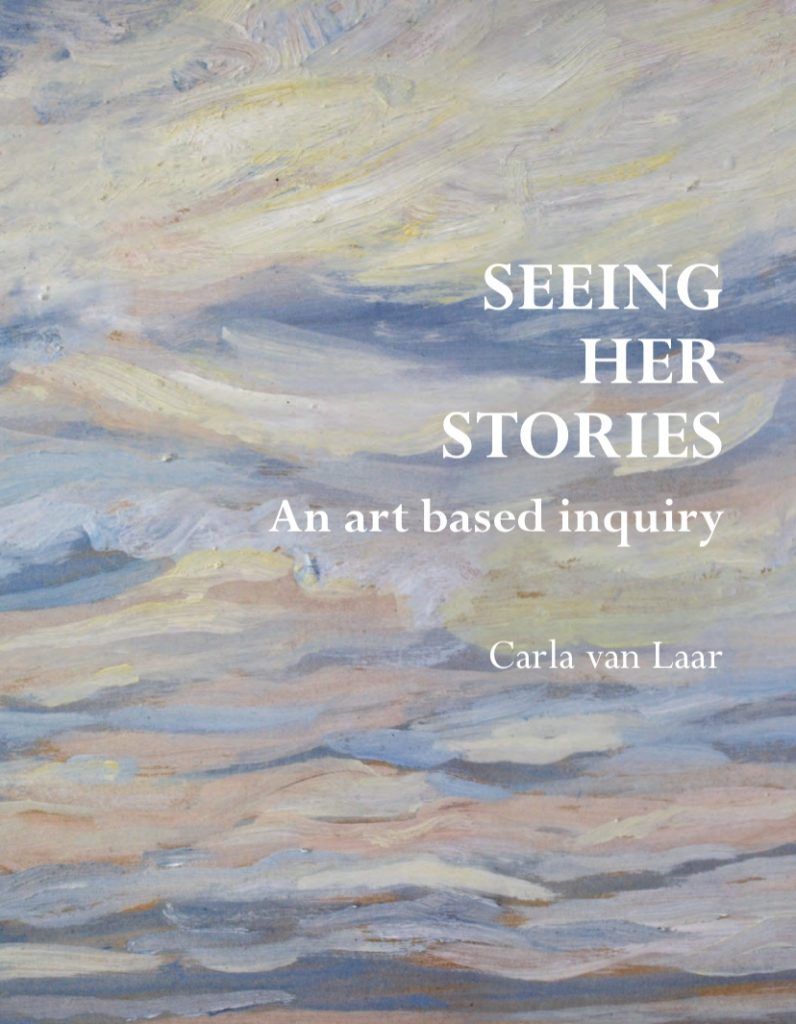

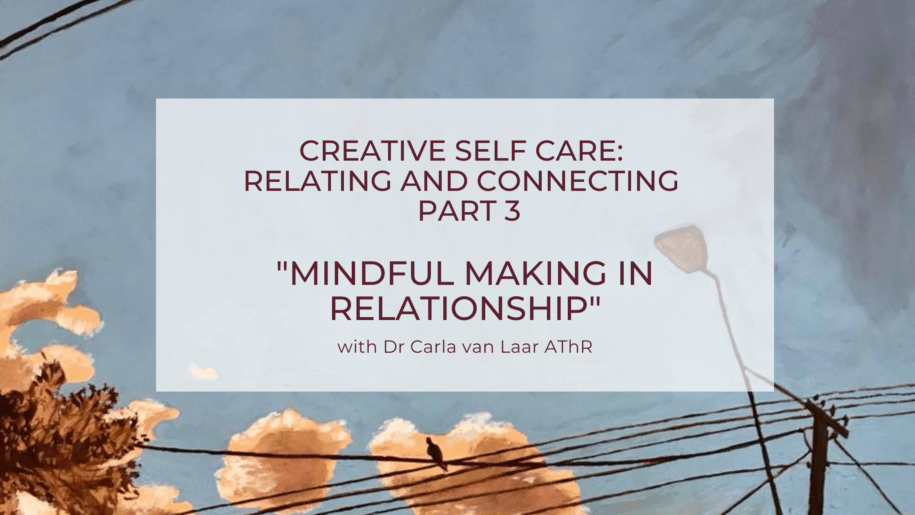
Leave a Reply